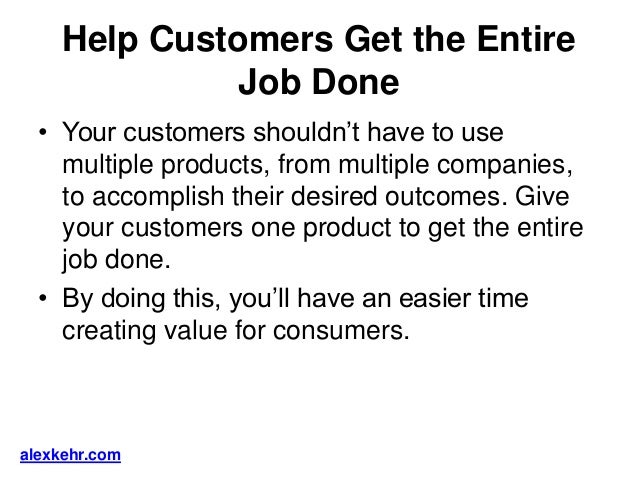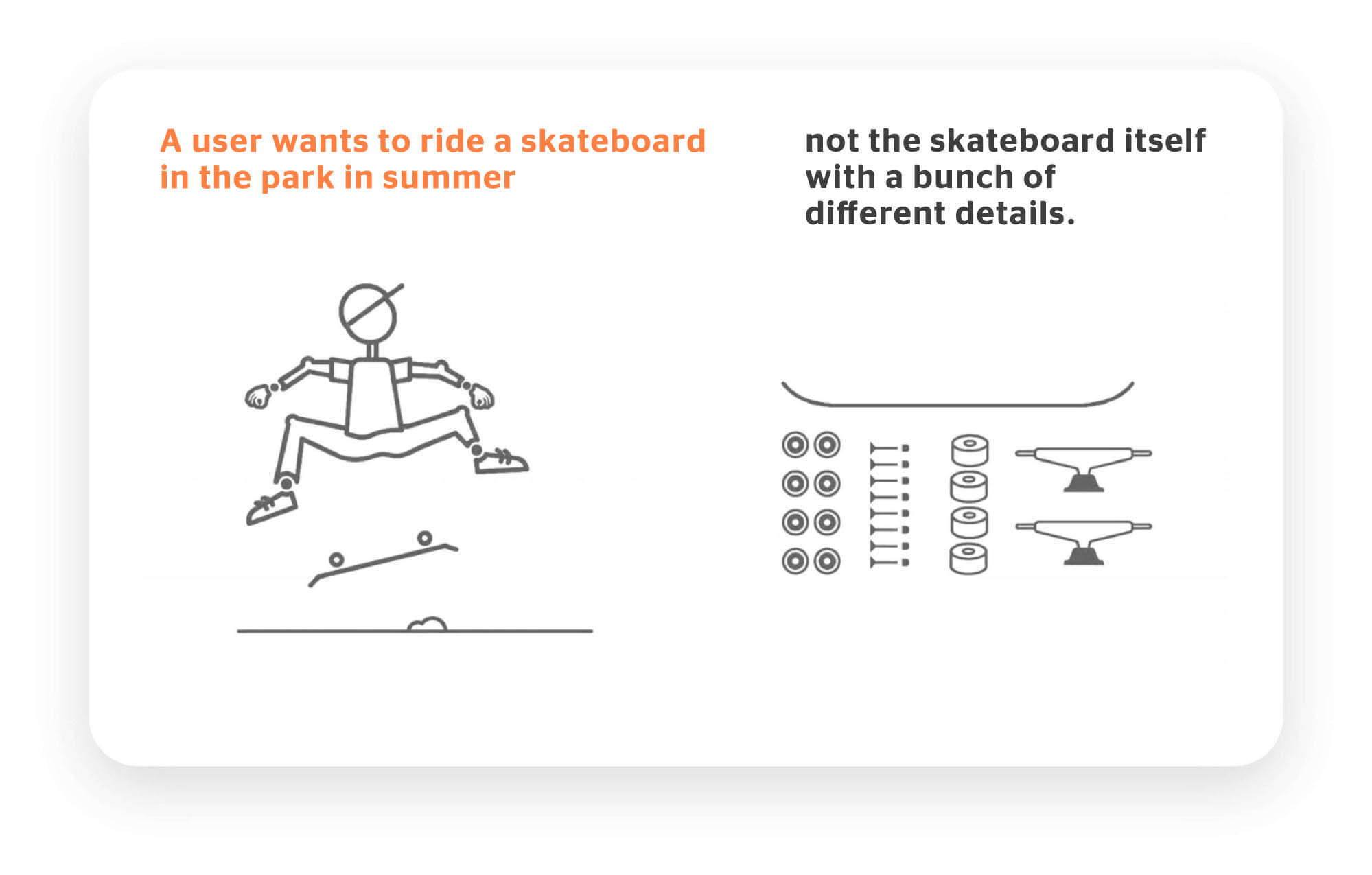

This concept was touted by Tom Peters in Thriving on Chaos. In the “needs-first” approach, companies first learn what the customer’s needs are, then discover which needs are unmet, and then devise a solution that addresses those unmet needs. In what I call the “ideas-first” approach, companies brainstorm or otherwise come up with product or service ideas and then test them with customers to see how well the ideas address the customer’s needs. The goal of innovation is straightforward: to come up with solutions that address unmet customer needs.

Companies should employ a proven three-phased approach to build a competency in Outcome-Driven Innovation.Īn effective innovation process must produce answers to the following questions: Who is the customer? What job is the customer trying to get done? What are the customer’s desired outcomes? How do they measure value? Do segments of customers exist that have different unmet outcomes? What unmet outcomes exist in each segment? What segments and unmet outcomes should we target for growth? How should we define our value proposition? How should we position our existing and pipeline products? What new products must we create? WHY DO INNOVATION PROJECTS FAIL? Prospective practitioners can assess their ability to put Jobs Theory and ODI into practice with detailed insight into a typical innovation initiative. Outcome-Driven Innovation ties customer-defined metrics to the customer’s Job-to-be-Done, transforming every aspect of opportunity discovery, marketing and innovation. A strategy framework, built around Jobs Theory, enables a company to correctly categorize, understand, and employ the 5 strategies that drive growth. Jobs Theory provides a needs framework that makes it possible to categorize, define, capture, organize and prioritize customer needs. The reason for the success of ODI is simple: a company can dramatically increase its chances for success at innovation if it knows precisely what metrics customers use to measure success and value when getting a job done.Ĭompanies fail frequently at innovation because they struggle to understand and rationalize all the customer’s needs. The results of that study showed that while the success rates of traditional innovation processes average 17 percent, the success rate of Outcome-Driven Innovation is 86 percent. In late 1999, I had the distinct pleasure of introducing Outcome-Driven Innovation (ODI) and our research and segmentation techniques to Harvard Business School professor Clayton Christensen. Tying customer-defined metrics to the underlying process the customer was trying to execute was the key to success. I wanted to figure out a way to identify the metrics that customers use to judge the value of newly released products early on in the product planning process. Companies that don’t want their future prosperity to suffer at the expense of present success need to complement their execution-focused toolbox and mindset with an innovation-focused toolbox and mindset.


 0 kommentar(er)
0 kommentar(er)
